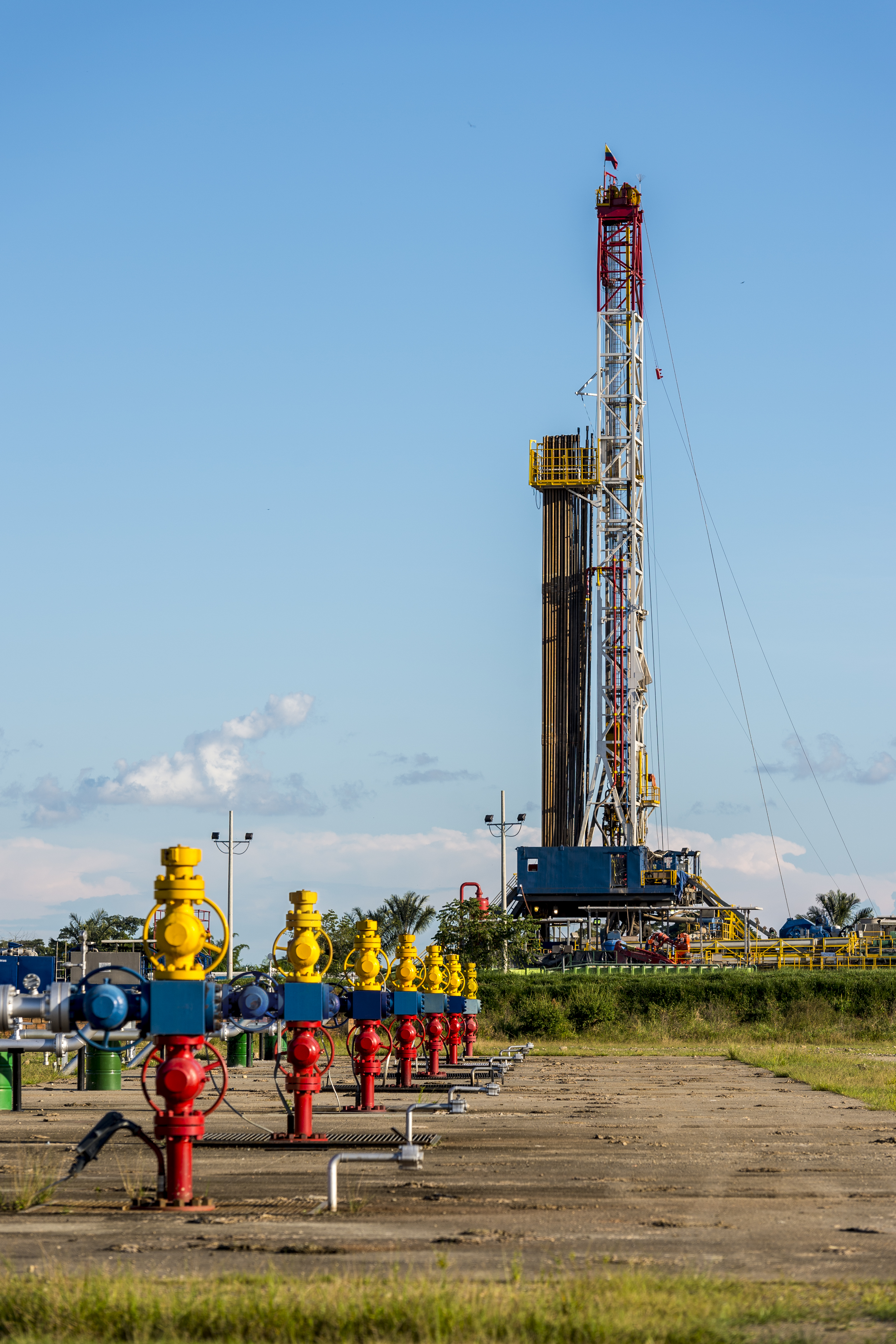 The Baker Hughes rig count reached its peak during the last week in December 1981, at 4,530 rigs. The rig count bottomed out at 488 rigs during the week ending April 16, 1999. With the rig count for the week ending Feb. 5, 2016, dropping to 571 rigs, the industry was facing another nadir for working rigs.
The Baker Hughes rig count reached its peak during the last week in December 1981, at 4,530 rigs. The rig count bottomed out at 488 rigs during the week ending April 16, 1999. With the rig count for the week ending Feb. 5, 2016, dropping to 571 rigs, the industry was facing another nadir for working rigs.
However, this particular downturn is different than previous drops in the market, and technology has played a major role in that difference. High production from shale plays continues to baffle industry forecasters. The technology developed for directional and horizontal drilling over extended-reach wells and long laterals has changed the game and will continue to change the game.
Technology transfer from other industries is making an impact on how the industry conducts its drilling operations, maintains safety and reduces risks. At the same time, adding a new perspective from other industries to old oil industry problems has provided some impressive improvements in efficiency and equipment dependability.
In this report, E&P looked at how GE Oil & Gas is fully integrating technology across all of its businesses. The articles also delve into continuous circulation MPD, new bit design for long lateral drilling, improving drilling with casing, implementing a new shale shaker design and enhancing oil-based mud.
The next generation of drilling technology is already in development, preparing for the next upswing in oil and gas markets.
Read each of the "Drilling & Downhole" cover stories from E&P's March issue:
Driving productivity using technology, data, collaboration
MPD, continuous circulation systems increase safety levels, performance
Montney drilling bene fits from targeted bit design, cutter development
Advanced drillable casing bit reaches TD in record time
Compact solids control system provides effective fluids management
Emulsion technology reduces O/W ratio to 40/60
Photo courtesy of WDI.
Recommended Reading
Aramco Reports Second Highest Net Income for 2023
2024-03-15 - The year-on-year decline was due to lower crude oil prices and volumes sold and lower refining and chemicals margins.
HighPeak Energy Authorizes First Share Buyback Since Founding
2024-02-06 - Along with a $75 million share repurchase program, Midland Basin operator HighPeak Energy’s board also increased its quarterly dividend.
NOV's AI, Edge Offerings Find Traction—Despite Crowded Field
2024-02-02 - NOV’s CEO Clay Williams is bullish on the company’s digital future, highlighting value-driven adoption of tech by customers.
Greenbacker Names New CFO, Adds Heads of Infrastructure, Capital Markets
2024-02-02 - Christopher Smith will serve as Greenbacker’s new CFO, and the power and renewable energy asset manager also added positions to head its infrastructure and capital markets efforts.
After Megamerger, Canadian Pacific Kansas City Rail Ends 2023 on High
2024-02-02 - After the historic merger of two railways in April, revenues reached CA$3.8B for fourth-quarter 2023.





